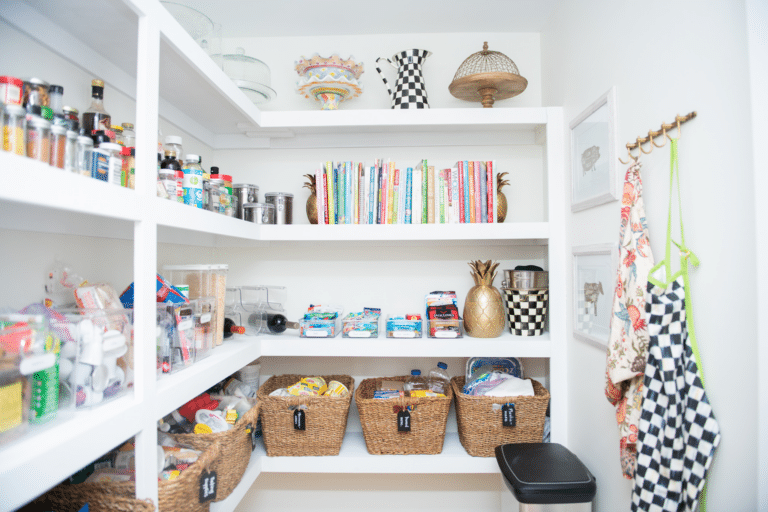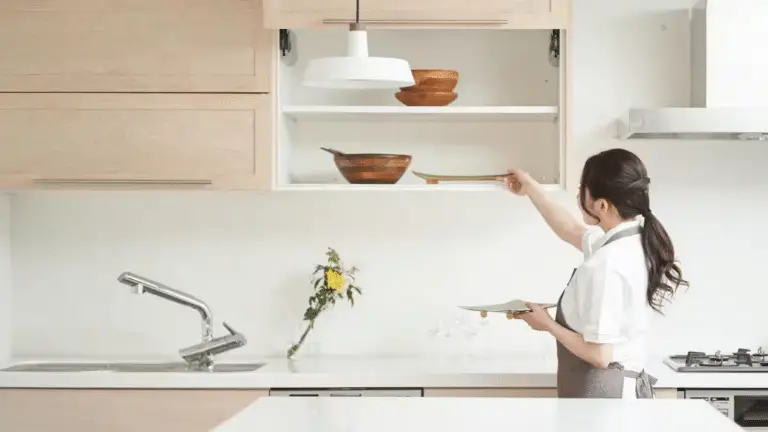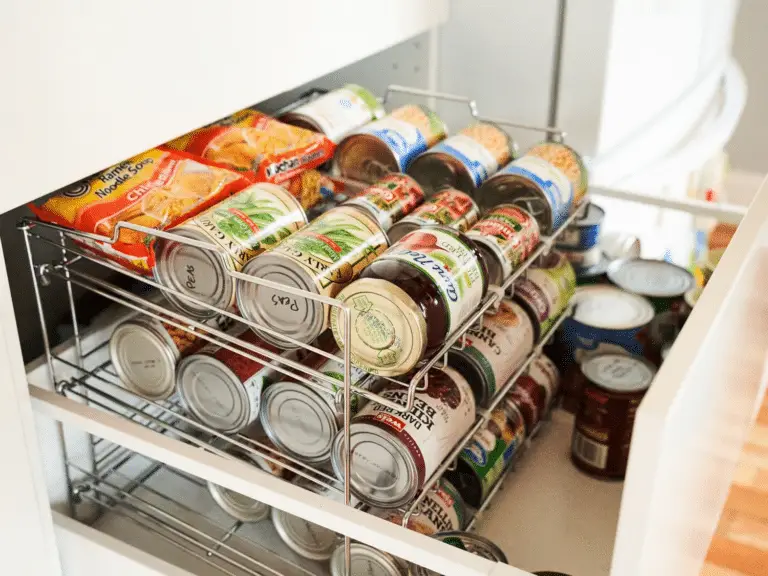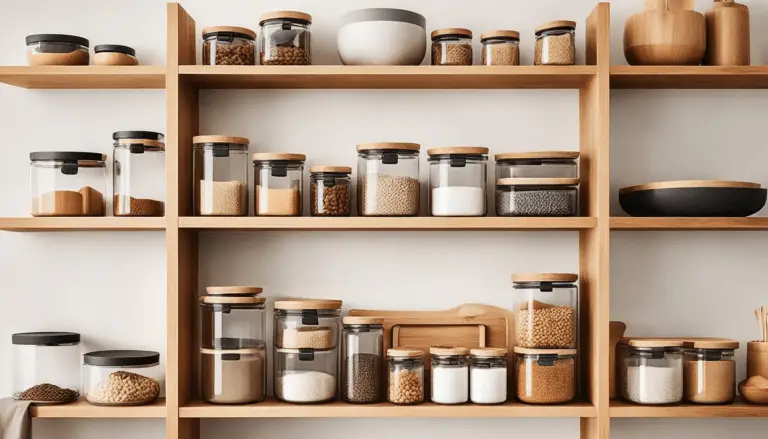Are you intrigued by the art of canning but feel overwhelmed by the technicalities? Let’s break it down together! Understanding the Basics of Canning is crucial for successful food preservation. From the role of temperature in the process to the impact of light on canned goods, we’ll dive into it all.
Learn practical tips for optimizing Temperature and Light Control in your pantry and discover the latest innovations in food preservation technology. Let’s turn your pantry into a preservation powerhouse!
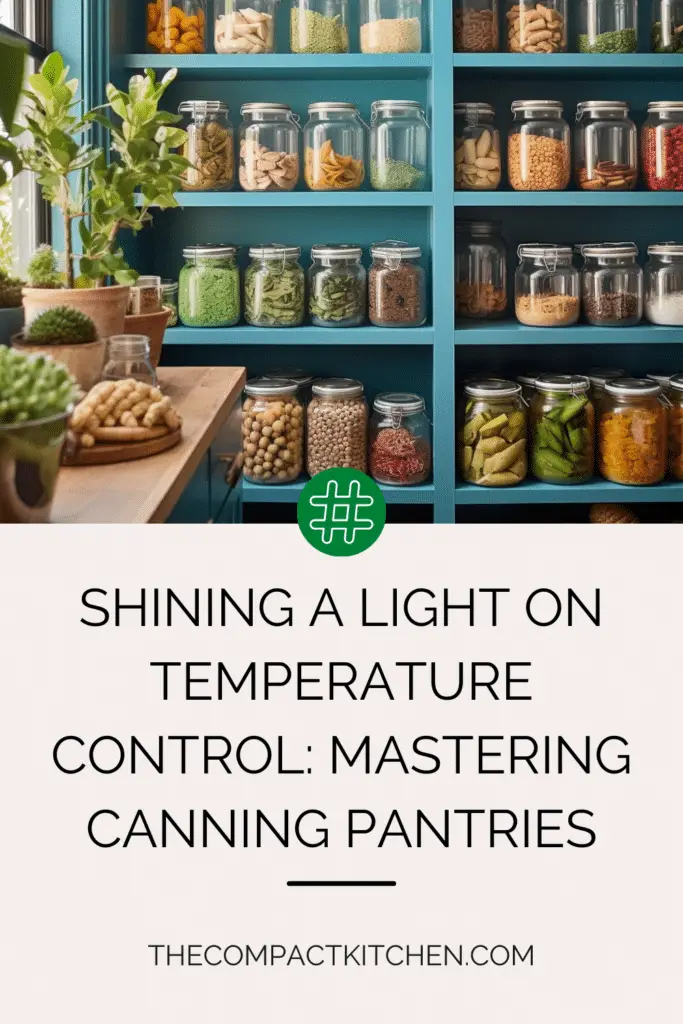
Understanding the Basics of Canning
When it comes to food preservation, canning is a tried and true method that has been used for generations. The process involves sealing food in airtight containers to prevent spoilage and ensure long-term storage. Not only does canning help to extend the shelf life of perishable items, but it also helps to lock in nutrients and flavors.
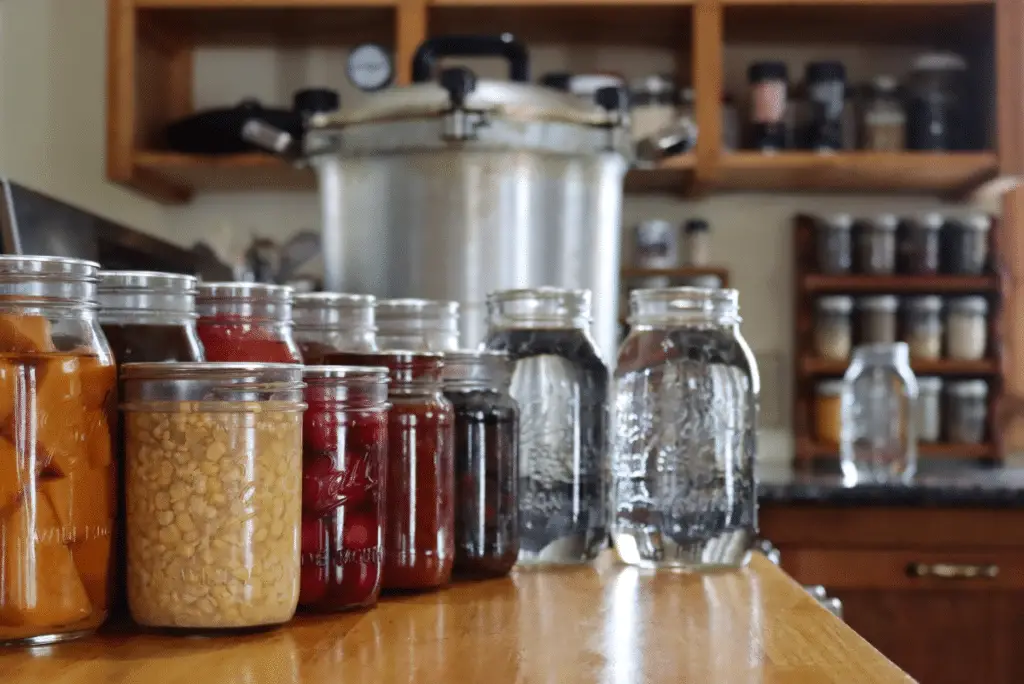
At the core of canning are fundamental principles that guide the techniques used in the process. Understanding these principles is key to successfully preserving food through canning. Whether you are using a water bath canner for high-acid foods or a pressure canner for low-acid foods, the goal remains the same – to create a safe and effective seal that will keep your food fresh.
The importance of canning as a food preservation method
Canning is a reliable method for preserving food and extending its shelf life. By sealing food in airtight containers, you can prevent spoilage and enjoy fresh-tasting ingredients even months after they have been canned.
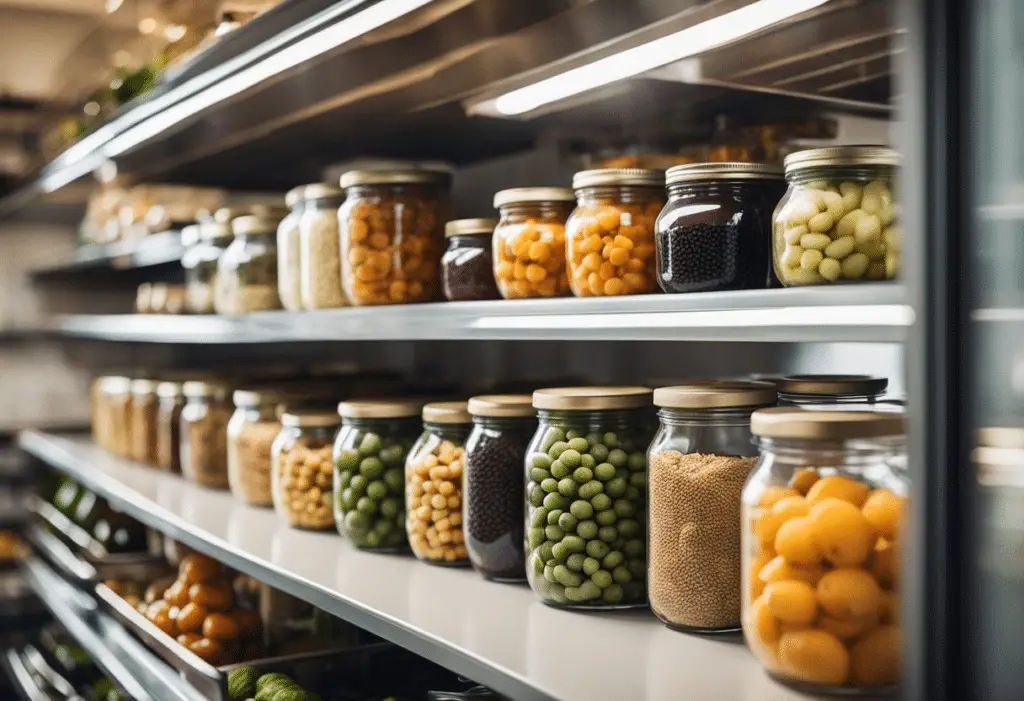
Whether you are looking to stock up on seasonal produce, create homemade jams and jellies, or simply reduce food waste, canning is a great way to make the most of your ingredients.
The fundamental principles behind canning techniques
From proper sanitation practices to precise processing times, there are certain principles that are essential to successful canning. By following established guidelines and recipes, you can ensure that your canned goods are safe to eat and of the highest quality.
Whether you are a canning novice or an experienced preserver, taking the time to understand the basics of canning will set you up for success and allow you to enjoy the fruits of your labor for months to come.
The Crucial Role of Temperature in Canning

When it comes to preserving food through canning, one of the most critical factors to consider is temperature control. Maintaining the right temperature throughout the canning process is essential for ensuring the safety and quality of your canned goods.
Understanding Thermal Processing
Thermal processing, which involves heating food to a specific temperature for a set amount of time, is a key step in the canning process. This process is designed to kill any harmful bacteria or microorganisms present in the food, preventing spoilage and ensuring the safety of the canned goods.
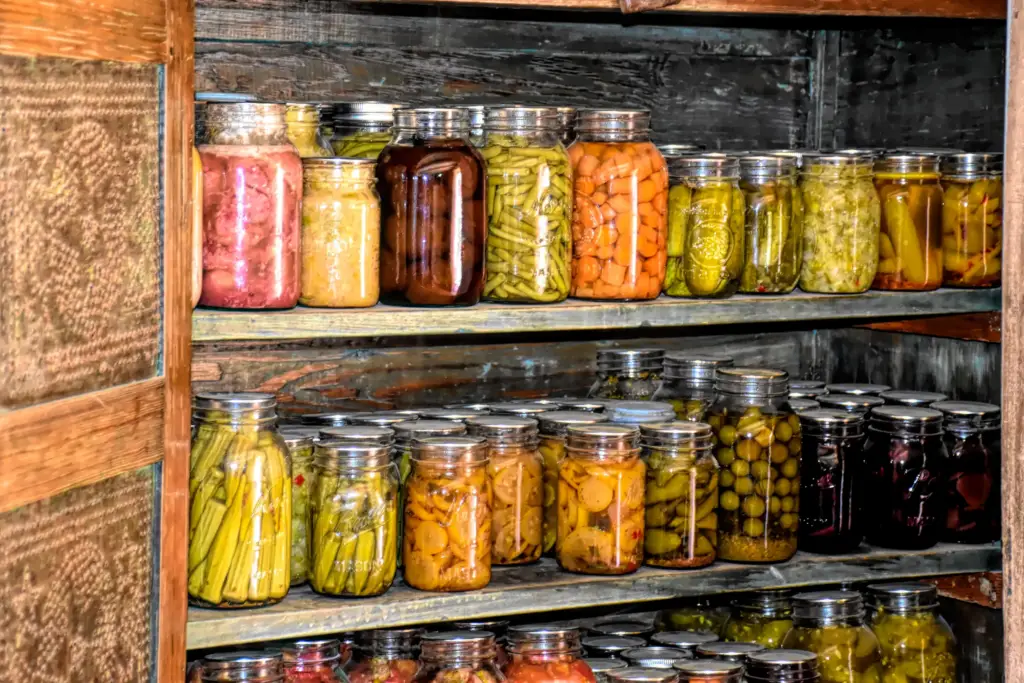
It’s important to follow the recommended processing times and temperatures for different types of food to achieve the desired level of food safety. Failure to reach or maintain the proper temperature during canning can result in under-processed food that may be unsafe to consume.
Achieving Optimal Temperature
Each type of food has its own temperature requirements for safe canning. For example, low-acid foods such as vegetables and meats typically require a higher processing temperature than high-acid foods like fruits. It’s important to be aware of these differences and follow the recommended guidelines for each type of food.
Using a reliable and accurate food thermometer is essential for monitoring the temperature during the canning process. Make sure to calibrate your thermometer regularly and place it in the thickest part of the food to get an accurate reading.
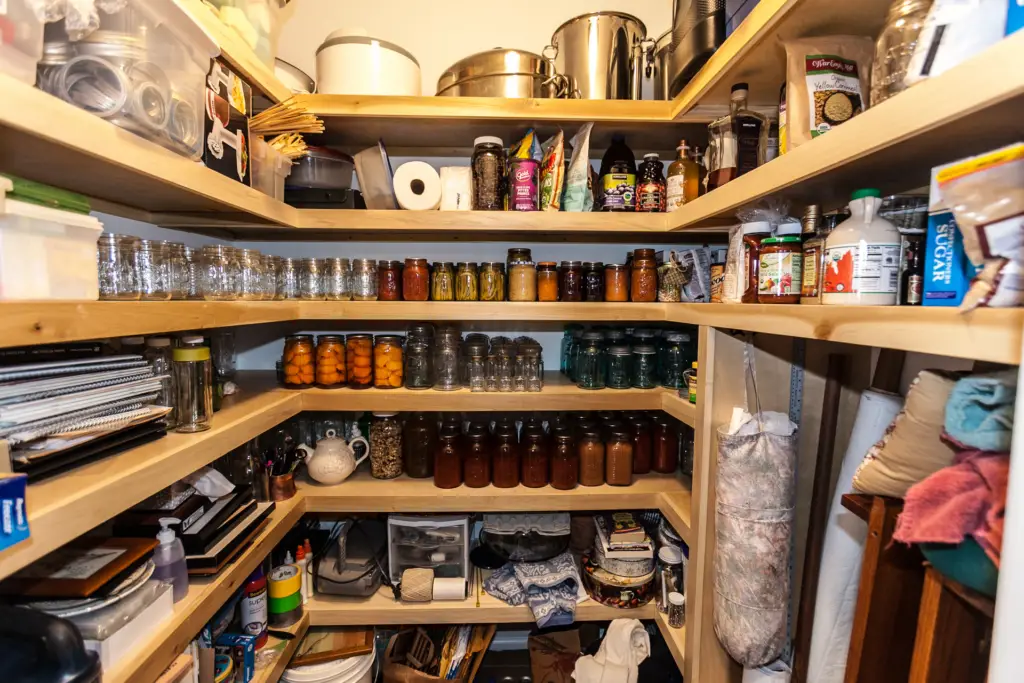
Remember, maintaining the proper temperature is not only crucial for food safety but also for preserving the quality of your canned goods. Fluctuations in temperature can impact the texture, flavor, and overall quality of the food.
By paying close attention to temperature control during the canning process, you can ensure that your canned goods are not only safe to eat but also delicious and nutritious.
The Impact of Light on Canned Goods
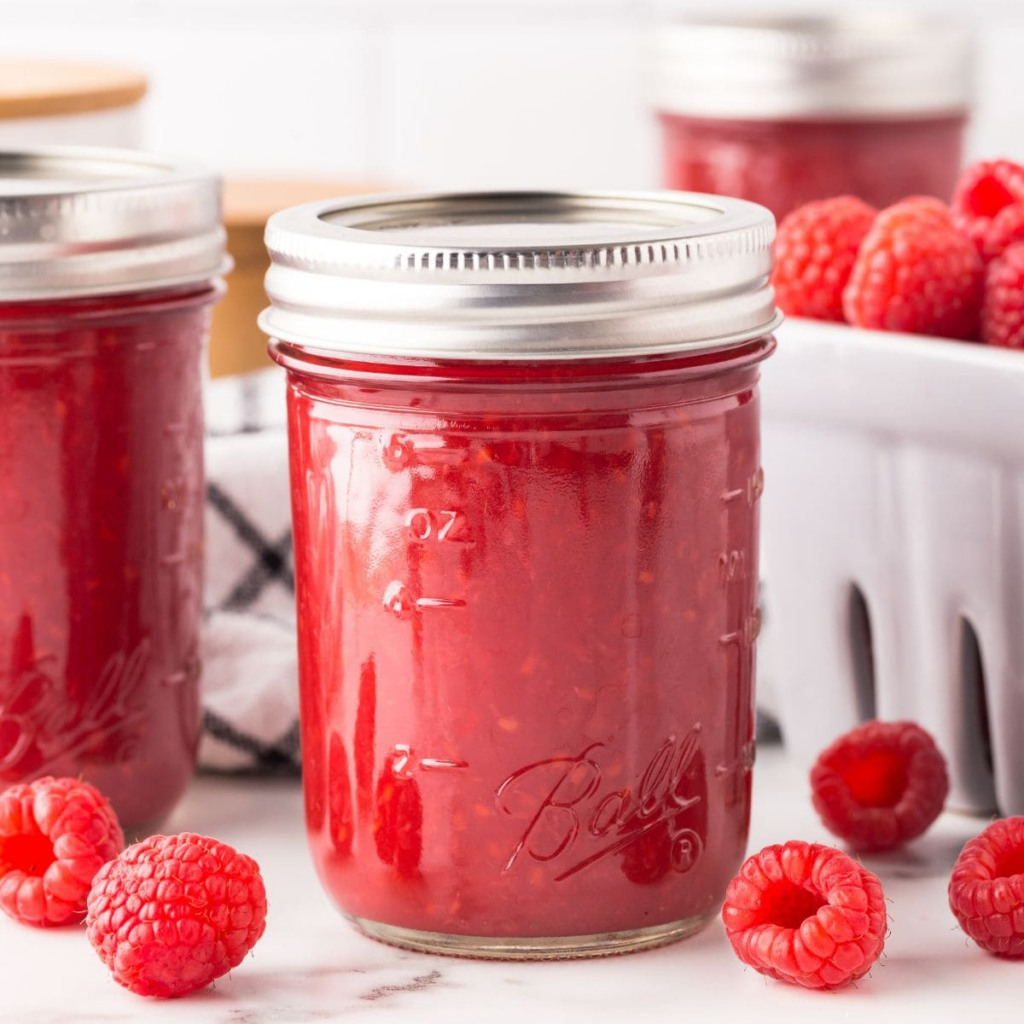
When we think about preserving food through canning, we often focus on the importance of temperature control. However, it’s crucial not to overlook the impact that light exposure can have on the quality of canned goods. Light can affect both the color and nutritional value of the food stored in cans, making it essential to take measures to prevent light exposure in order to maintain the quality of canned goods.
How Light Affects Canned Food
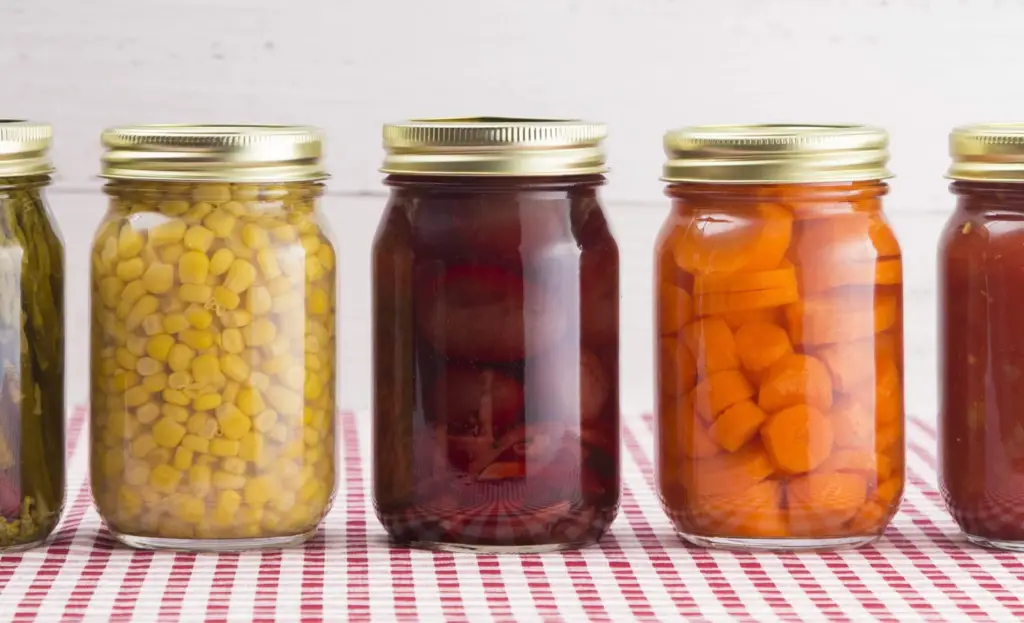
Exposure to light can lead to a phenomenon known as light-induced reactions, which can cause changes in the color, flavor, and nutrient content of canned goods. For example, light can cause certain pigments in food to break down, leading to color changes or discoloration. Additionally, exposure to light can result in the degradation of vitamins and nutrients in canned food, reducing their nutritional value over time.
Moreover, light exposure can also impact the taste and overall quality of canned goods, making it essential to store them in a dark environment to prevent these negative effects.
Preventing Light Exposure for Quality Preservation
There are several practical ways to prevent light exposure and maintain the quality of canned goods in your pantry. One effective method is to store canned food in a dark, cool place away from direct sunlight. This can help minimize the impact of light-induced reactions and preserve the color, flavor, and nutritional content of the food.
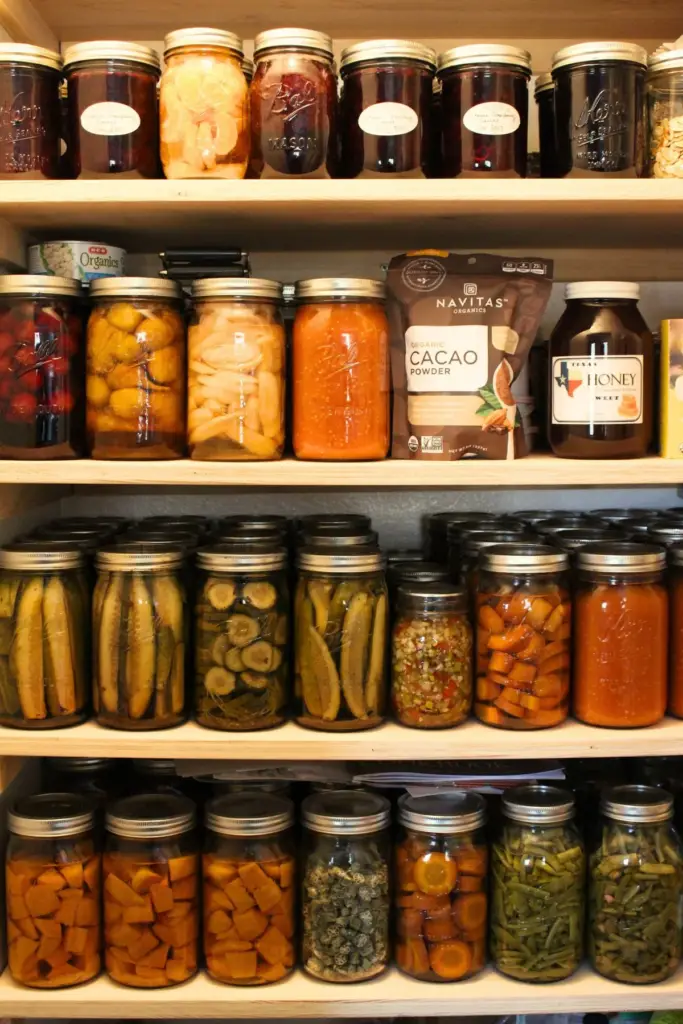
Additionally, using opaque containers or wrapping cans in aluminum foil can provide an extra layer of protection against light exposure. It’s also important to avoid storing canned goods near sources of heat or light, such as ovens or windows, which can further increase the risk of light-induced damage.
By taking these simple steps to prevent light exposure in your canning pantry, you can help maintain the quality and freshness of your canned goods for longer periods of time.
Optimizing Temperature and Light Control for Your Canning Pantry
When it comes to maintaining the quality of your canned goods, temperature and light control play a crucial role. In this section, we will discuss practical guidelines to help you optimize these factors in your canning pantry.
Properly Controlling Temperature
Temperature control is essential in ensuring the safety and quality of your canned goods. Different types of food require specific temperatures during the canning process to destroy harmful bacteria and enzymes effectively. It’s important to invest in a reliable thermometer to accurately monitor the temperature throughout the canning process.
One common challenge in temperature control is fluctuations in temperature. This can occur if your pantry is located in an area with inconsistent temperature levels. To address this issue, consider insulating your pantry to maintain a more stable environment. Additionally, organizing your canned goods based on their temperature requirements can help you better manage the overall temperature in your pantry.
Managing Light Exposure
Light exposure can have a negative impact on the color and nutritional value of your canned goods. To prevent light from affecting your canned goods, store them in a cool, dark place away from direct sunlight. If your pantry has windows, consider covering them with curtains or blinds to minimize light exposure.
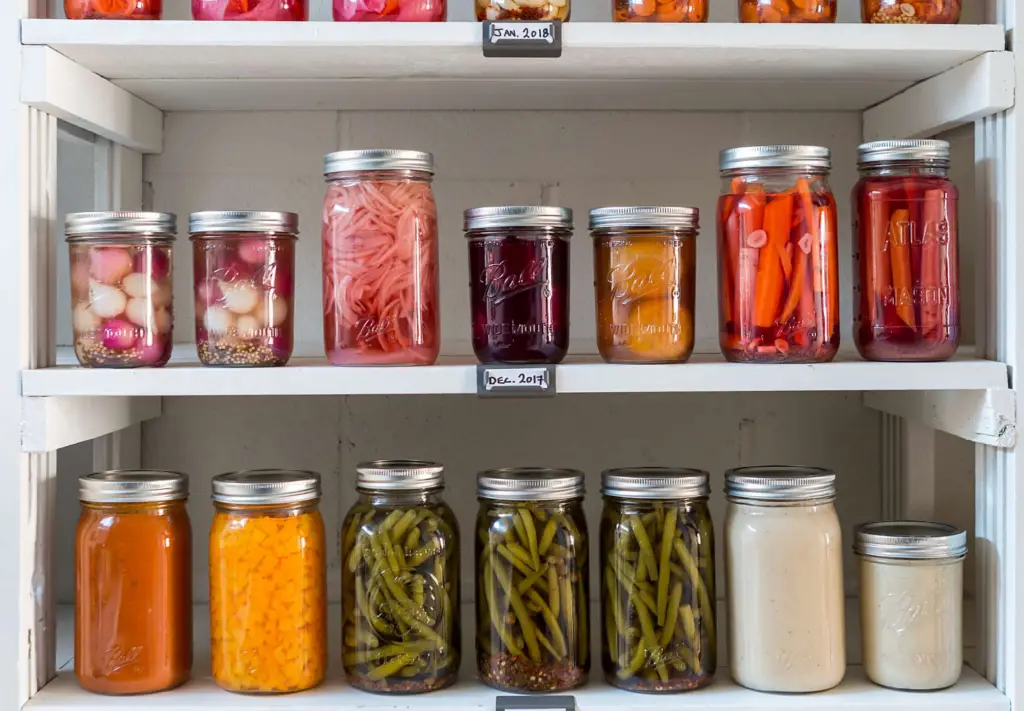
Another important consideration is the type of packaging you use for your canned goods. Opt for opaque containers or jars that can block out light and help preserve the quality of your canned food.
Addressing Potential Challenges
Despite your best efforts, challenges in maintaining optimal temperature and light control in your canning pantry may arise. One common issue is overcrowding, which can lead to poor air circulation and uneven temperature distribution. Make sure to organize your pantry efficiently to allow for proper air flow and temperature regulation.
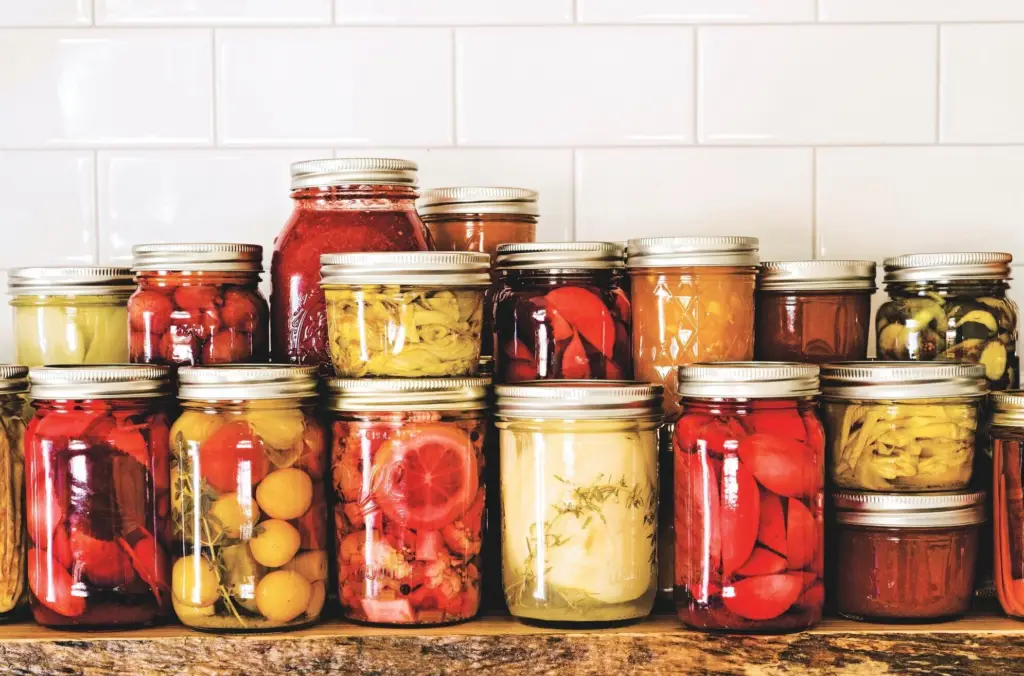
Innovative technologies such as smart temperature monitors and LED lighting systems can also help you overcome challenges in temperature and light control. These tools can provide real-time data on temperature levels and light exposure, allowing you to make adjustments as needed to maintain the quality of your canned goods.
By implementing these practical guidelines and staying proactive in addressing potential challenges, you can effectively optimize temperature and light control in your canning pantry. This will help you preserve the quality of your canned goods and ensure they remain safe for consumption.
Innovations in Temperature and Light Control for Canning
When it comes to preserving your canned goods, temperature and light control are essential factors to consider. In this section, we will explore the latest innovations in technology and practices that can help you maintain optimal conditions for food preservation in your canning pantry.
New Technologies for Temperature Control
One of the most critical aspects of canning is maintaining the correct temperature during thermal processing. Traditional methods rely on manual monitoring and adjusting of heat sources, which can be time-consuming and prone to human error. However, with the introduction of innovative technologies, temperature control has become more efficient and precise.
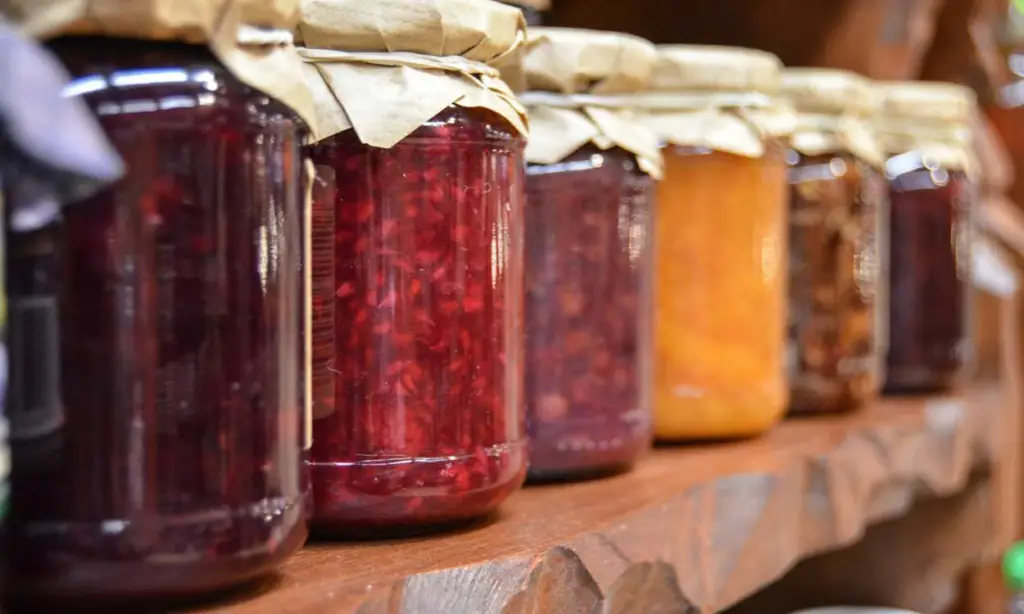
For example, smart thermometers can now be integrated into canning equipment to monitor temperature levels accurately and provide real-time data feedback. This allows for more consistent heat distribution and better control over the canning process. Additionally, automated temperature control systems can adjust heat settings automatically, ensuring that the ideal conditions are maintained throughout the entire canning process.
Enhanced Light Protection Solutions
Light exposure is another factor that can impact the quality of your canned goods. UV rays and artificial light sources can lead to color changes, nutrient degradation, and even flavor alterations in your preserved food. To combat this, new light protection solutions have been developed to safeguard your canned goods from harmful light exposure.
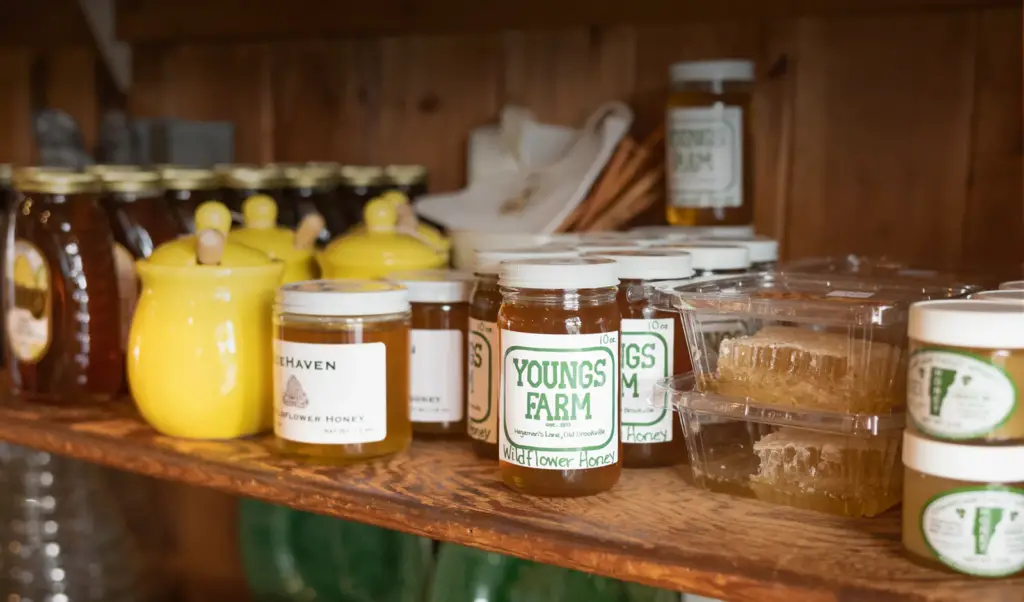
Specialized packaging materials with light-blocking properties are now available to shield canned foods from UV rays and other light sources. These materials help maintain the integrity of your canned goods and preserve their quality over an extended period. Additionally, innovative storage solutions such as light-proof cabinets and pantries can provide a dark environment to protect your canned goods from light damage.
The Benefits of Innovative Technologies
By incorporating these new technologies and practices into your canning pantry, you can ensure that your canned goods are preserved at their highest quality. The use of advanced temperature control systems and light protection solutions allows for more precise monitoring and maintenance of optimal conditions for food preservation.
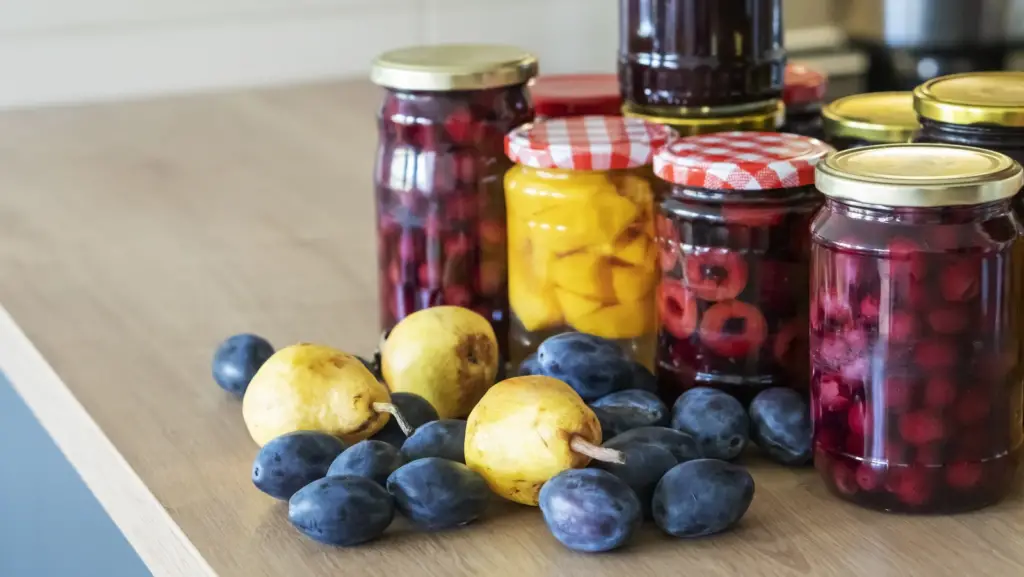
Not only do these innovations improve the overall quality of your canned goods, but they also increase the efficiency and convenience of the canning process. With enhanced temperature and light control, you can confidently preserve a wide variety of foods with minimal risk of spoilage or degradation.
Stay up-to-date with the latest advancements in temperature and light control for canning to elevate your food preservation efforts and enjoy the benefits of long-lasting, high-quality canned goods.
Happy Preserving with Proper Pantry TLC!
As we wrap up, remember that mastering temperature and light control in your canning pantry is key to preserving your goodies. Keep those jars cozy and shielded from light to ensure top-notch quality.
Stay on top of the latest innovations to make your canning journey even smoother. Happy canning, and may your pantry shelves be ever bountiful! 💡🌡️ #PreservationPerfection



